‘Synesthetic Fusion, Intersection and Overlap’ | Cape Town, South Africa
South African-based artist and drummer Caitlin Mkhasible is interested in experimenting with and creating mixed-media artworks across the terrains of visual arts, sound and music improvisation. She is inspired by synesthetic connections--an involuntary joining in which the information received from one sense is accompanied by a perception in another sense.
Emergent Art Space recently published an article about Caitlin’s participation in the online symposium 'Synesthesia in Africa: Discovery, Awareness, Research, and Outreach' that featured some of her artwork in its Synesthesia Exhibition. Here Caitlin shares compelling images and details about her unique body of work sparked by synesthetic conjunctions.
My artworks featured at the symposium included images that interpreted the intersection of sight and sound using abstract mark-making. They are clear examples of the subjective way I translated sound into monochromatic fragments, creating a texture and light-based visual language for sound. Here I also share images as examples of how visuals can act as a simulation for sound, using mixed media and photography.
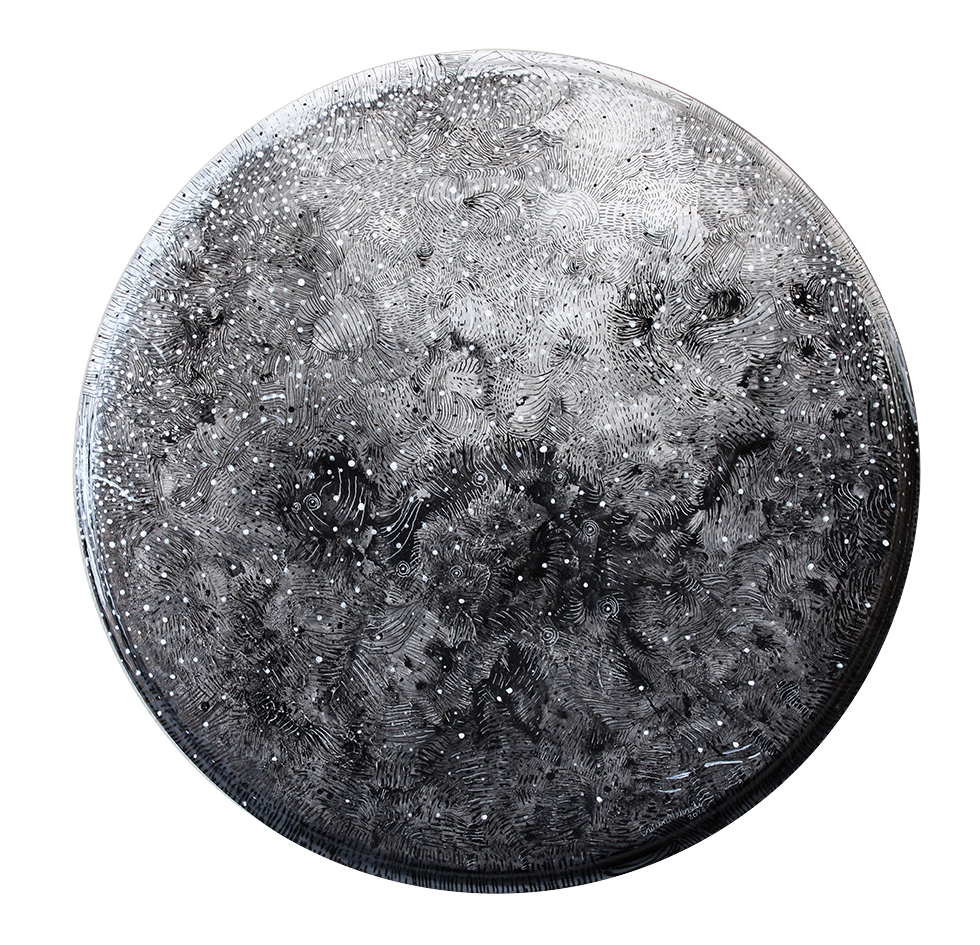
Drum Moon I (2020) was created using ink and acrylic on two old, Remo drumheads that I played on. I have been playing on a third-hand, typical, five-piece drum kit since I was 14 years old and find my artworks mimic the circular shape of the drums. I also use found objects as additional percussive elements. I play in an audio-visual ensemble called, Morning Pages. This piece serves as a fusion of my interests in art and experimental, improvised music.
Drum Squares (2016) depicts dipped drumsticks and fingers in ink, or charcoal sticks used as drum sticks, to play various drum patterns and percussive techniques onto squares of paper to create a visual catalogue of drumming samples. These methods of playing are translated forms of extended techniques in drumming: atypical methods of playing that can create additional layers of texture, furthering the capabilities of an instrument in an unusual and interesting way.

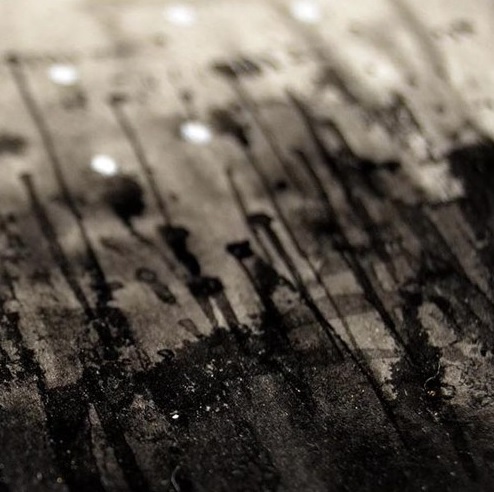
They Use Sound to Hurt Us (2016) is about sound canons used by police force to disperse crowds of protesters by using extremely high and low frequencies to cause nausea and blurred vision. It has been flagged as brutal due to its potential of causing permanent hearing damage.


Sonar and Whale Spine are 2 of 9 illustrations from the series, ‘And then there was a Subterraneous Hum’ (2015). The series explored how noise pollution affected marine mammals’ ability to echolocate due to ship engines, sonar, seismic blasts for mining and natural sounds, such as earthquakes. Whales have been known to beach themselves because of the amount of noise experienced because noise pollution makes it difficult for them to echolocate their migratory paths, food or each other. The series’ monochromatic visual style emulates spectrograms and sonar. This series was part of an interactive sound installation where the viewer could sing to an imagined whale and it would sing back.
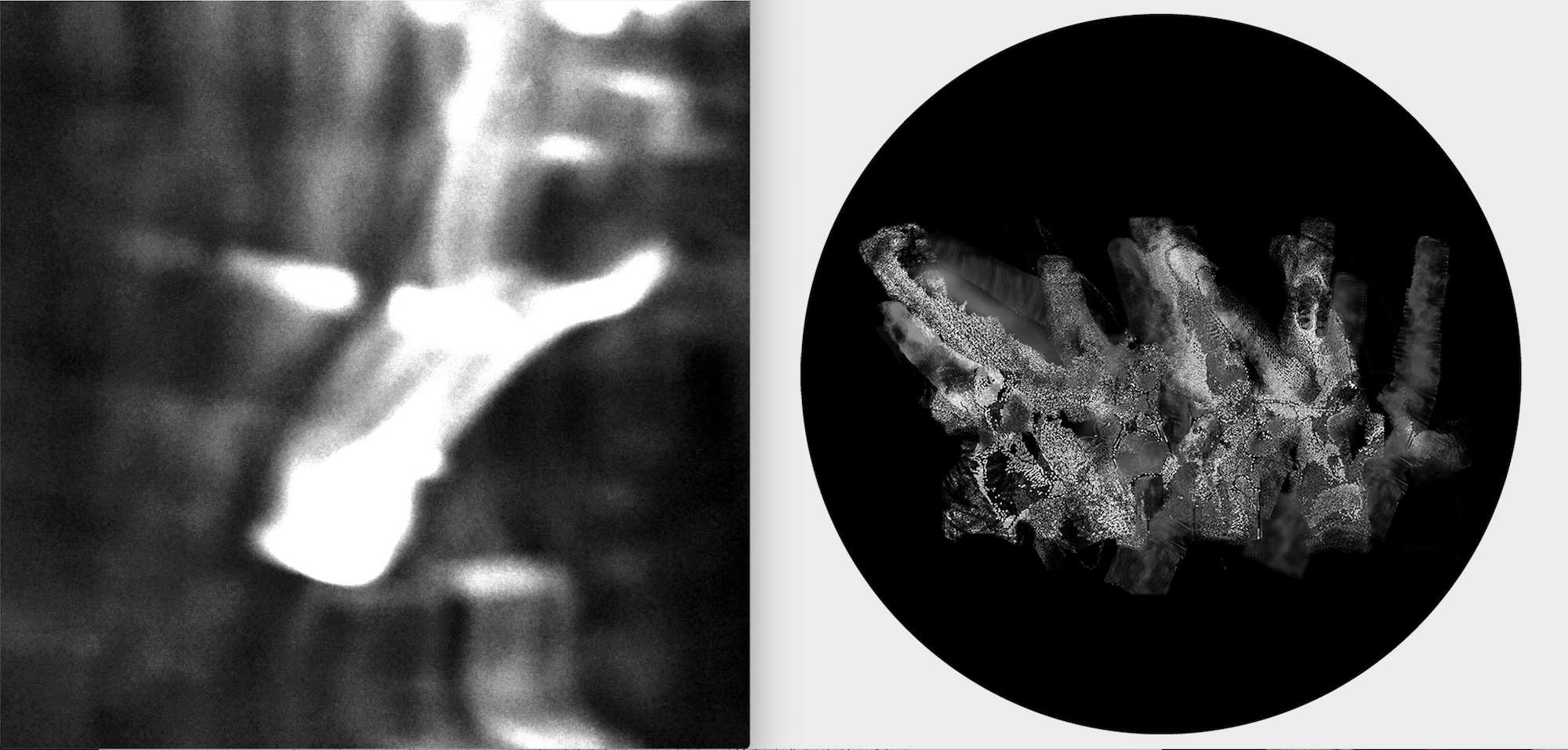
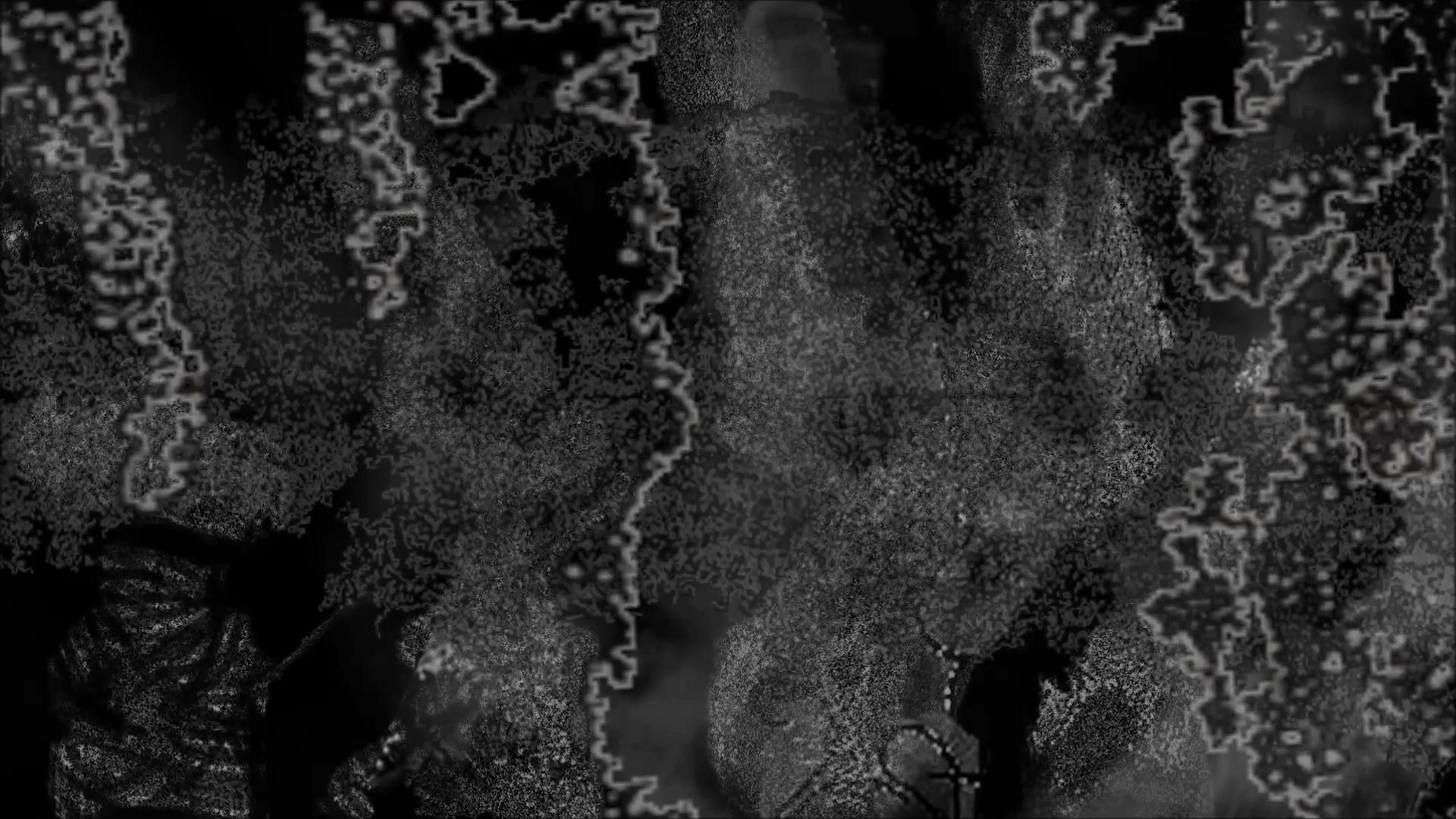
Installation view: Trapcode Form projection of my animated illustration, Whale Spine (2015). I used found medical illustrations of whale bones before editing them to look similar to black and white spectrographs. Whales feel sound through a membrane in their lower jawbone. I chose to use spine bones because that is what usually stands out the most for me at museums. This projection was displayed at my final exam exhibition at Michaelis (School of Fine Art in Cape Town). The projection is in front of the interactive sound piece where the viewer could sing to a whale and it would sing back. Special thanks to helo samo, Matthew Jones and Moeneeb Dalwai.
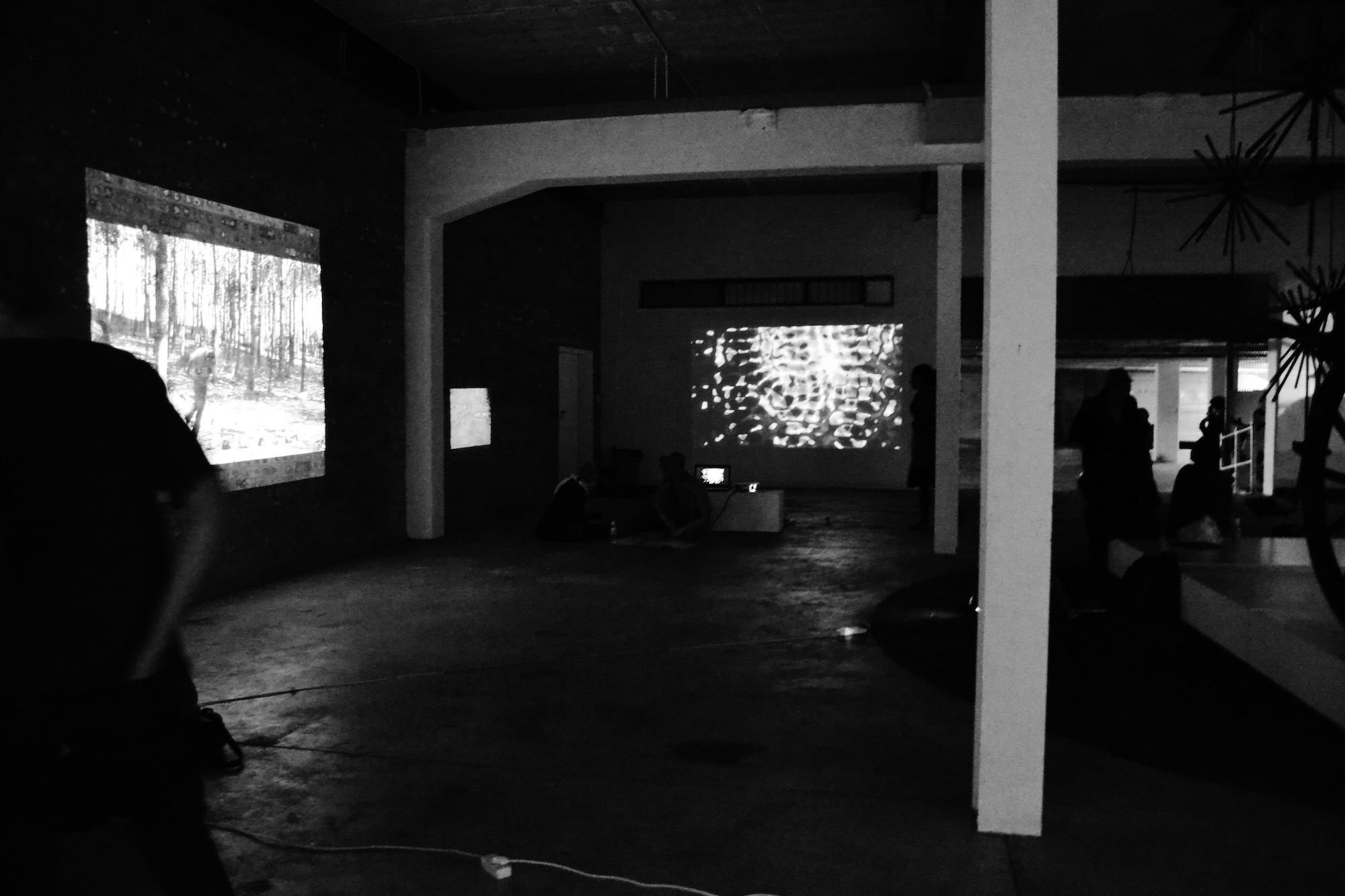
This artwork used cymatics technique to display the lowest frequency hearing range of various animals. I placed water within a dish over a sub-woofer and allowed the vibrations to transition 10Hz – 100Hz, then 100Hz – 10Hz. The representation of the different animals’ hearing abilities alerts us to unnoticed, organic and delicate modes of communication other than speaking a language or utilizing the internet. This mode is translated to our physical understanding of it: light, visual texture and vibration - making the invisible visible and hopefully, more appreciated.

Lowest Frequency Hearing Range projected at ‘Bring Your Own Beamer’ (2014) group exhibition at Bundyn+ gallery in Cape Town. This artwork was also exhibited as part of Emergent Art Space’s ‘Translations’ online exhibition in 2014 and ‘Translations’ (2015) at the Rabindranath Tagore Centre, ICCR, Kolkata, curated by EAS and Samindranath Majumdar.
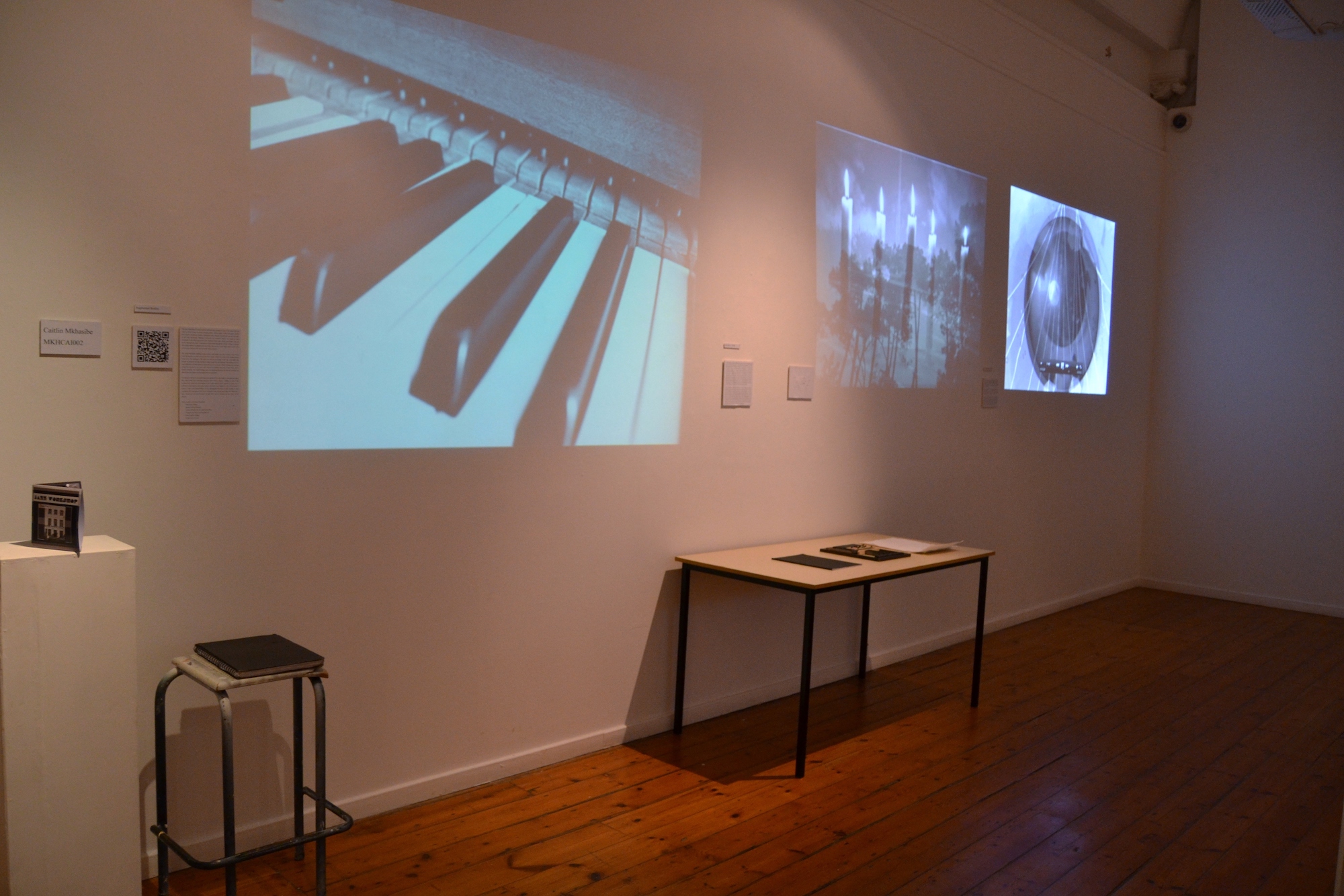
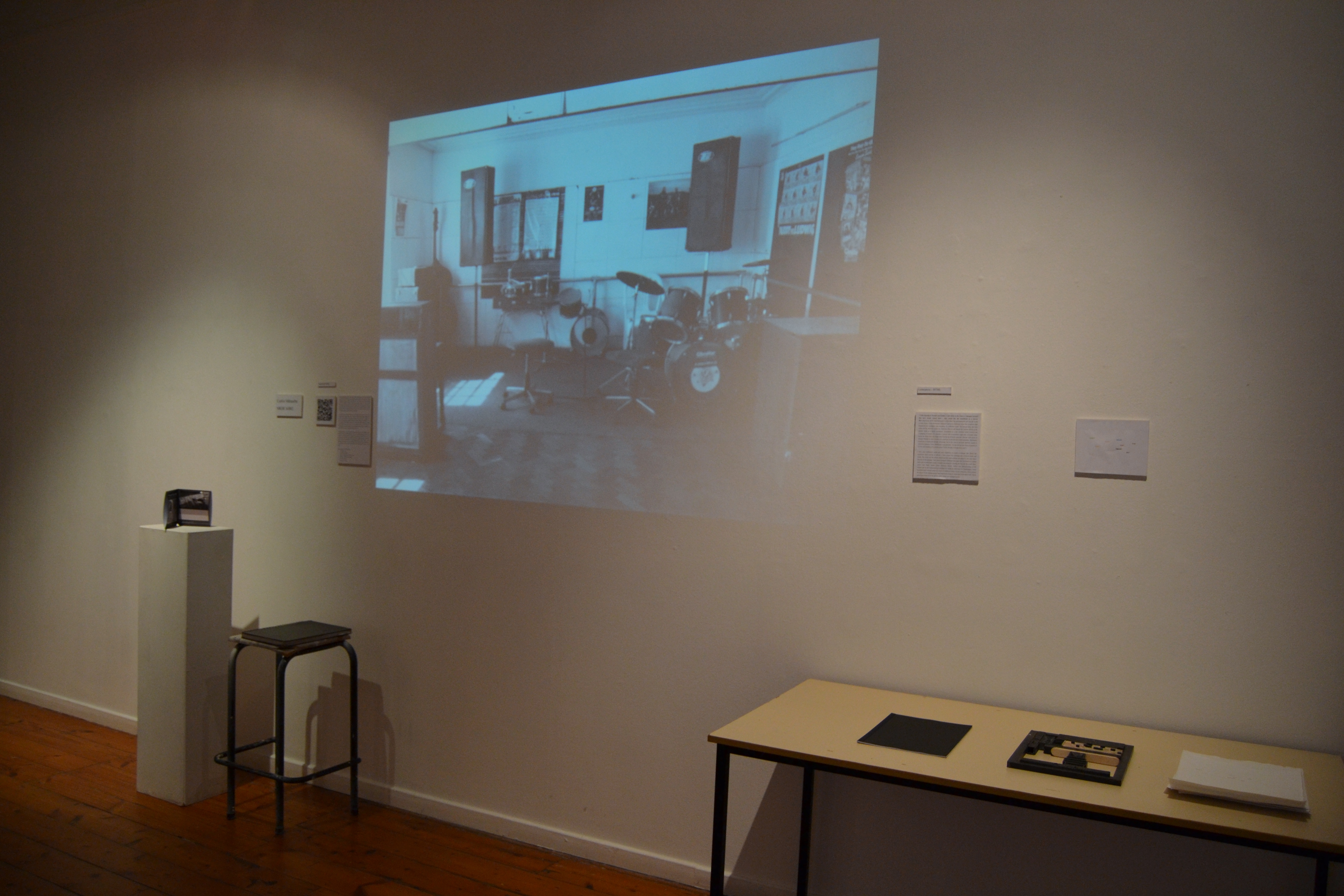
Projection (piano image) of augmented reality project documenting a music school, the Jazz Workshop, in Cape Town where I learned drums while at university. The music school was documented pending an eviction of the tenants from a heritage building that they were based in near the CBD. I went to each room and documented every teacher playing the instrument they taught. The final work depicted the empty room without the students and teachers - just their instruments. If you used an iPad over each image, the iPad would play music that would be heard in a specific room when occupied by the people who work there every day. A mock-up CD cover with a CD containing the sounds recorded was placed on a plinth next to the exhibition. I used photography for this project but was still interested in a monochromatic visual style.
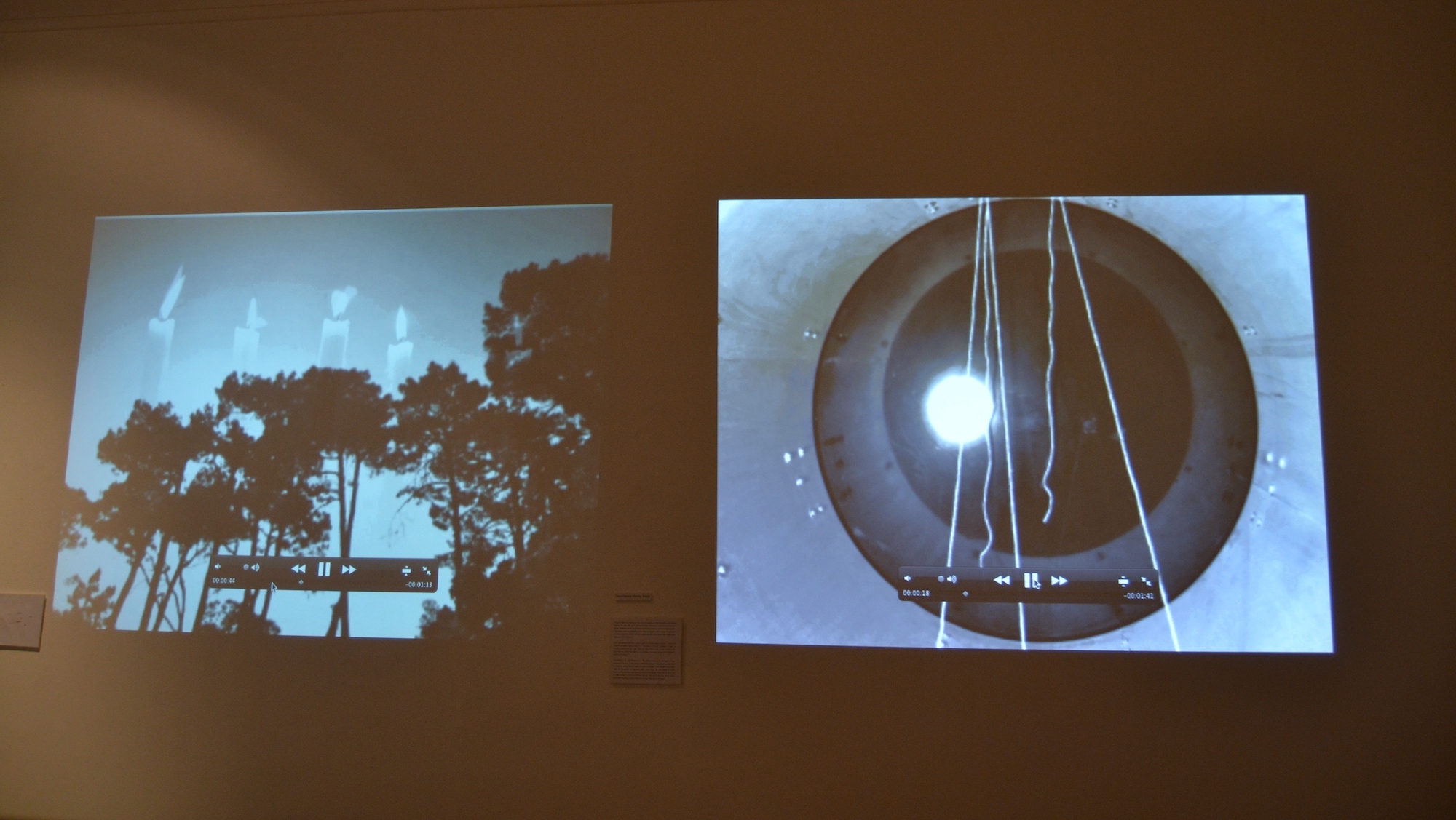
Diptych projection documented abstract and sub-conscious interpretations of sound with visuals from everyday life that I filmed (the bus commute, power cuts, the inside of a bass drum and so on).
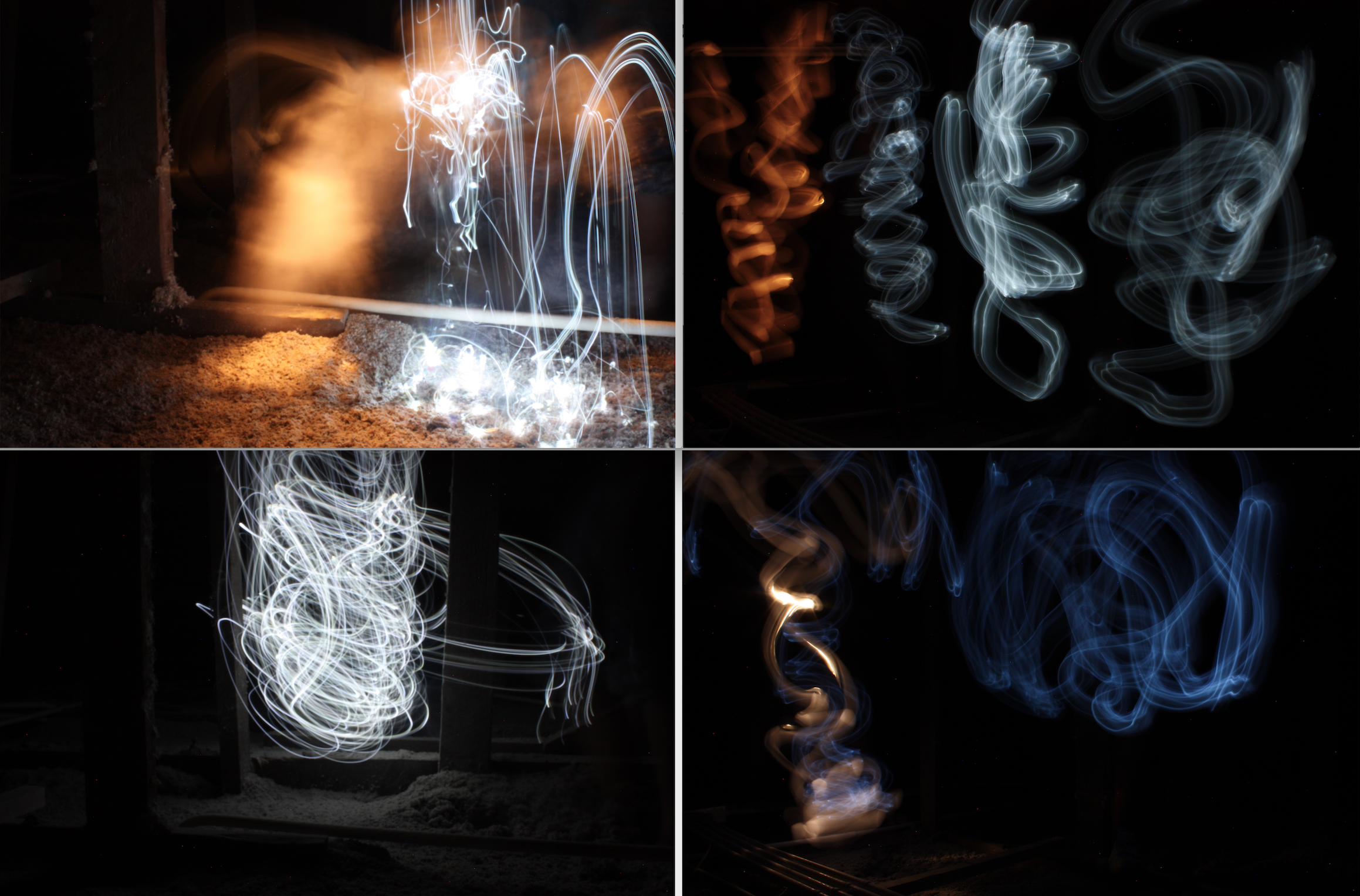
Untitled 2nd-year project (2013) at Michaelis using long exposure photographs of light as the interpretation of outside sound traveling in the window and vibrating in the attic of a student house I stayed in while studying.
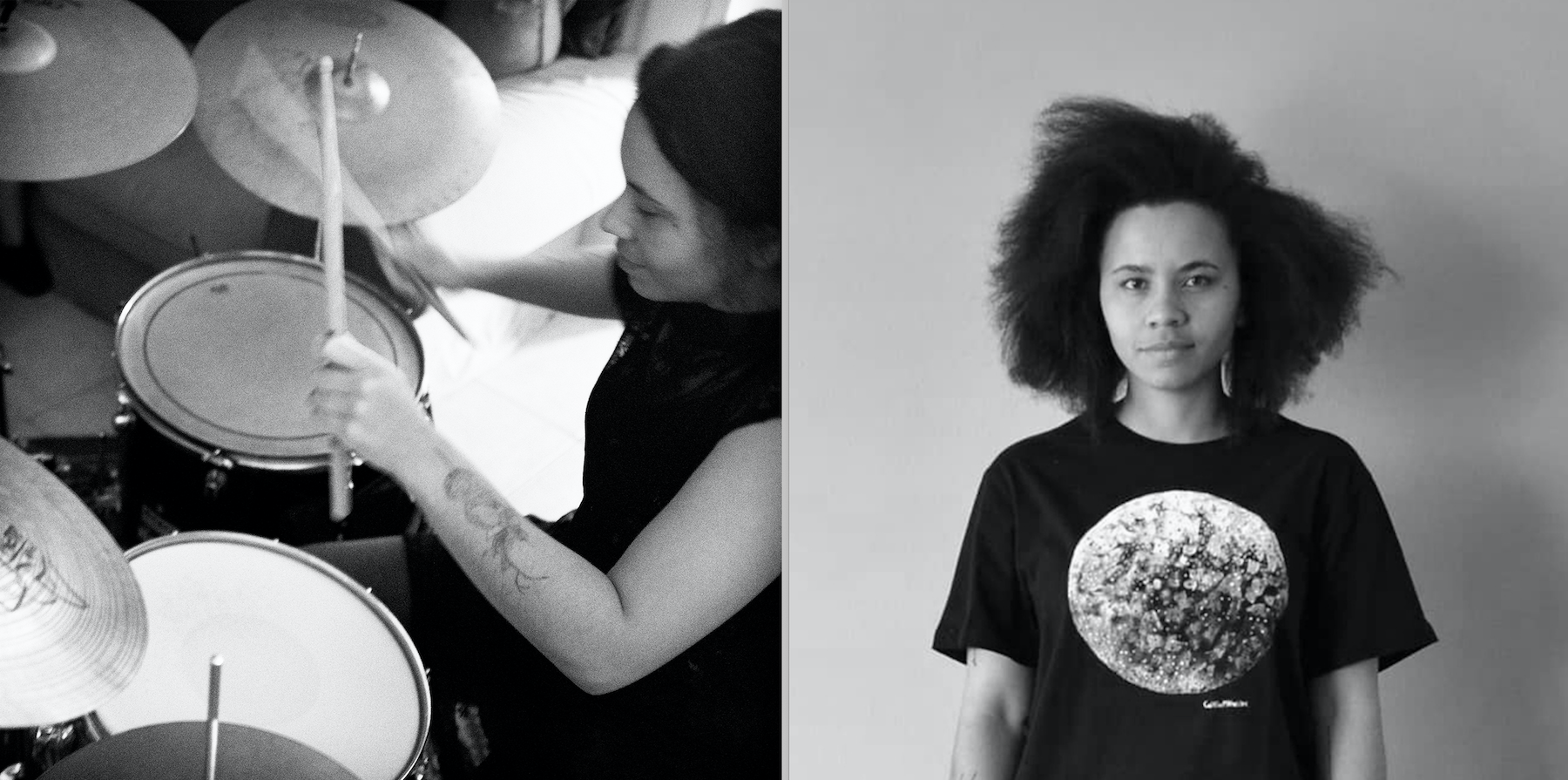
ABOUT THE ARTIST
In 2015, Caitlin Mkhasibe graduated with a BFA from the Michaelis School of Fine Art at the University of Cape Town. She is a Cape Town based multi-media artist and drummer (Morning Pages) who uses abstract mark-making to mimic texture and sound. Mkhasibe’s interests include ecology and outer space.